I have a bunch of polygons that have self-intersection which causes some errors in further postprocessing them (in particular - I can't calculate intersection area of those polygons with other polygons). Here is an example of broken polygon:
{
"type": "MultiPolygon",
"coordinates": [
[
[
[
6.881057785381658,
46.82373306675715
],
[
6.857171686909481,
46.81861230543794
],
[
6.857354659059071,
46.81856788926046
],
[
6.856993473052509,
46.82693029065604
],
[
6.8612894138116785,
46.83422796373707
],
[
6.86720955648855,
46.835636765630476
],
[
6.871281147359957,
46.83078486366309
],
[
6.871573291317274,
46.8306215963777
],
[
6.877608228639841,
46.82771553607934
],
[
6.877758462659651,
46.82772313420989
],
[
6.877852632482749,
46.827735617670285
],
[
6.880928107931434,
46.82630213148064
],
[
6.8810399979122305,
46.82622029042867
],
[
6.881117606743071,
46.826115612819855
],
[
6.881057785381658,
46.82373306675715
]
]
]
]
}
This is what it looks like on the map - as you can see, there is intersection of two polygon edges. RGeo throws an error, pointing intersection coordinate (I guess): => "Geos::GEOSException: TopologyException: Input geom 0 is invalid: Self-intersection at or near point 6.8573510795579145 46.818650764080992 at 6.8573510795579145 46.818650764080992". So, I have it at least.
My question is: is there a way to fix that intersection automatically? I read, that a possible solution is to insert 2 similar points with coordinates of self-intersection. But the problem is - the polygon has a specific order, and I don't know WHERE to insert those points.
Also, maybe there are some existing tools helping fix that...
